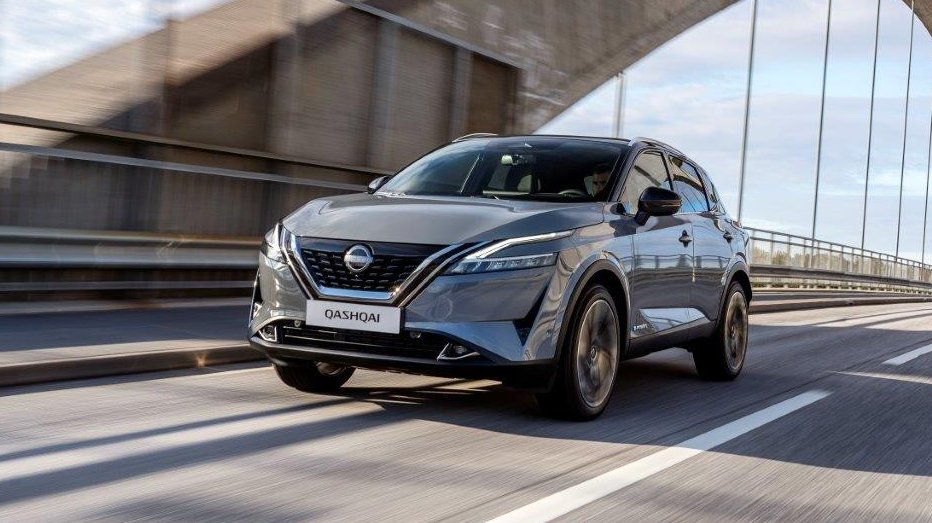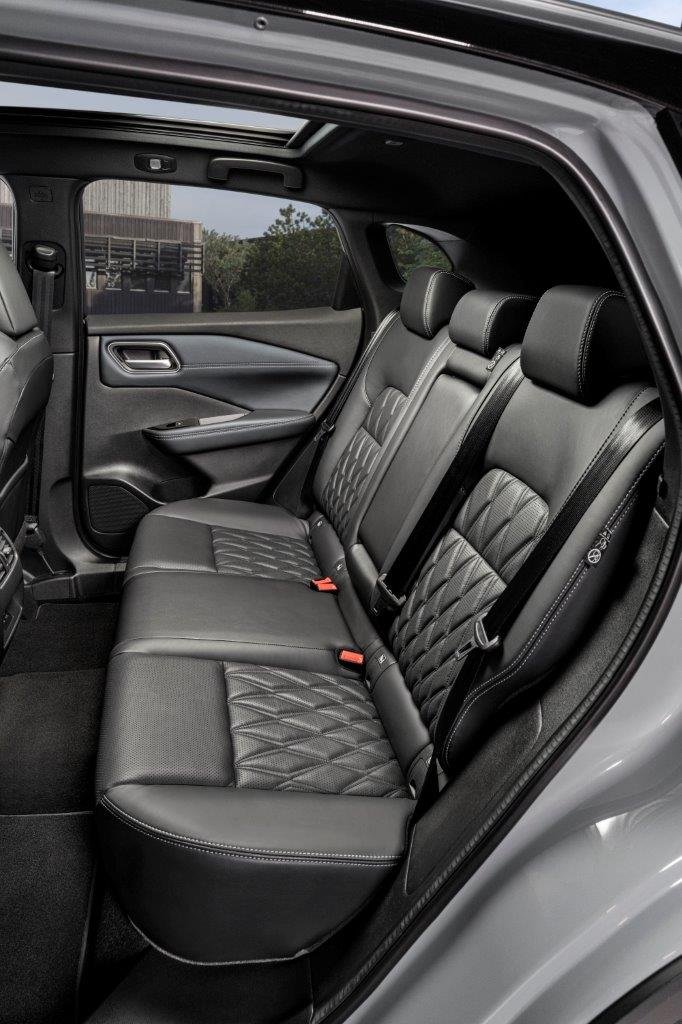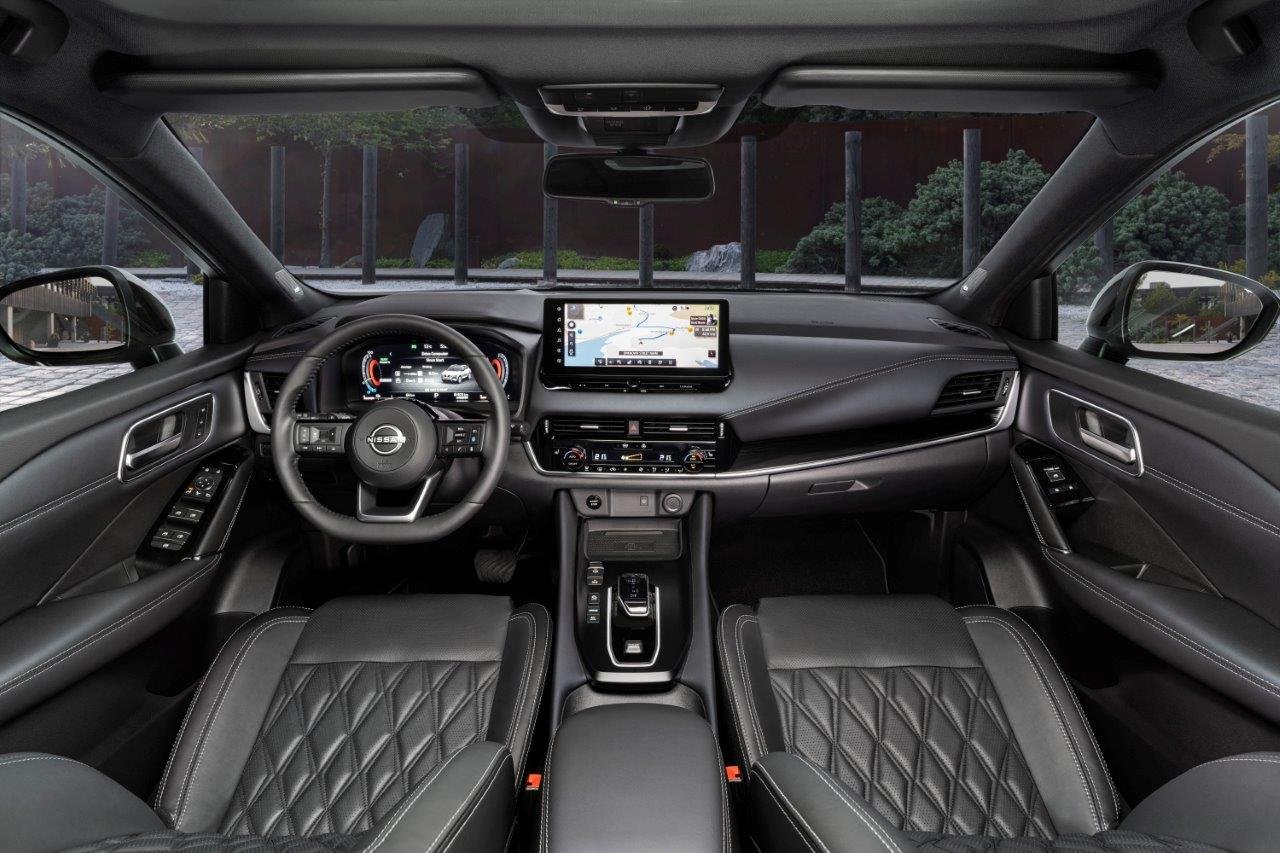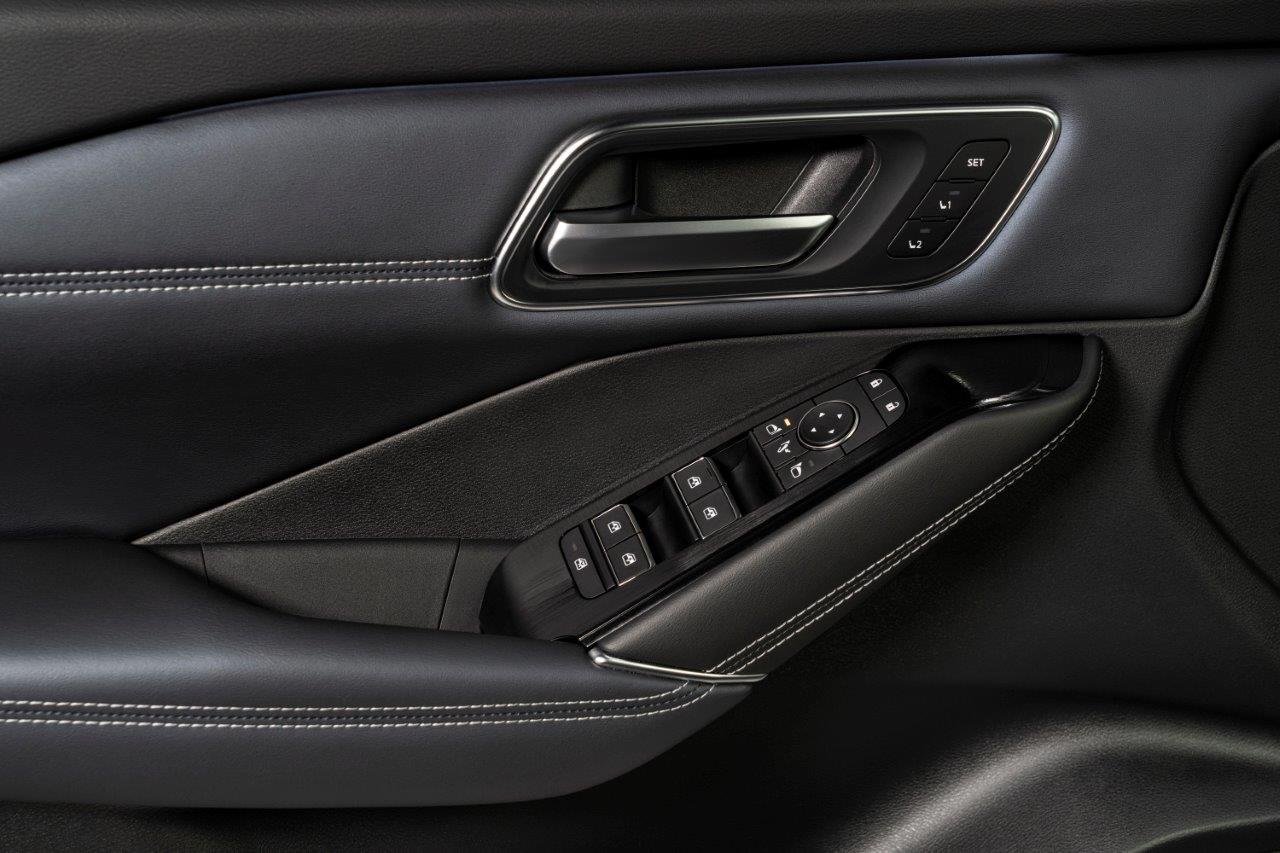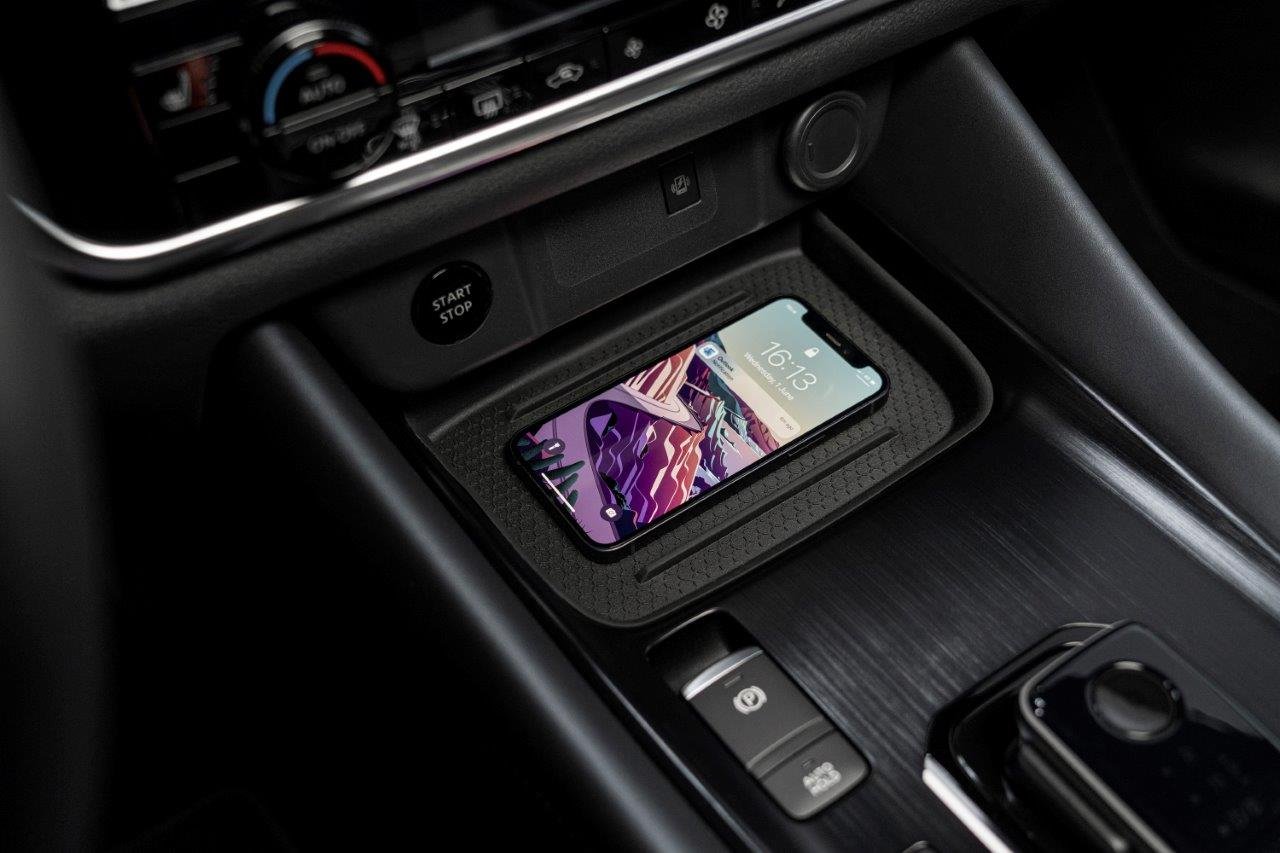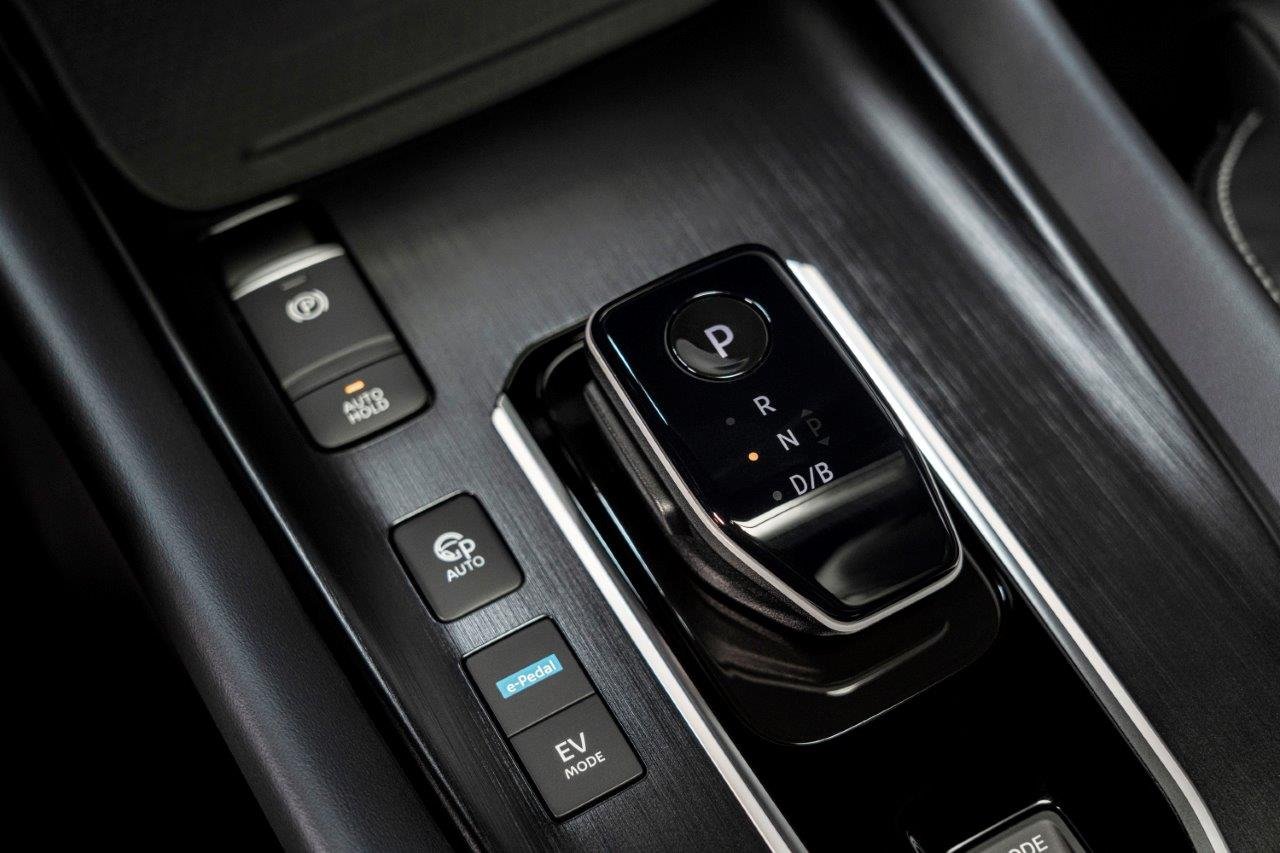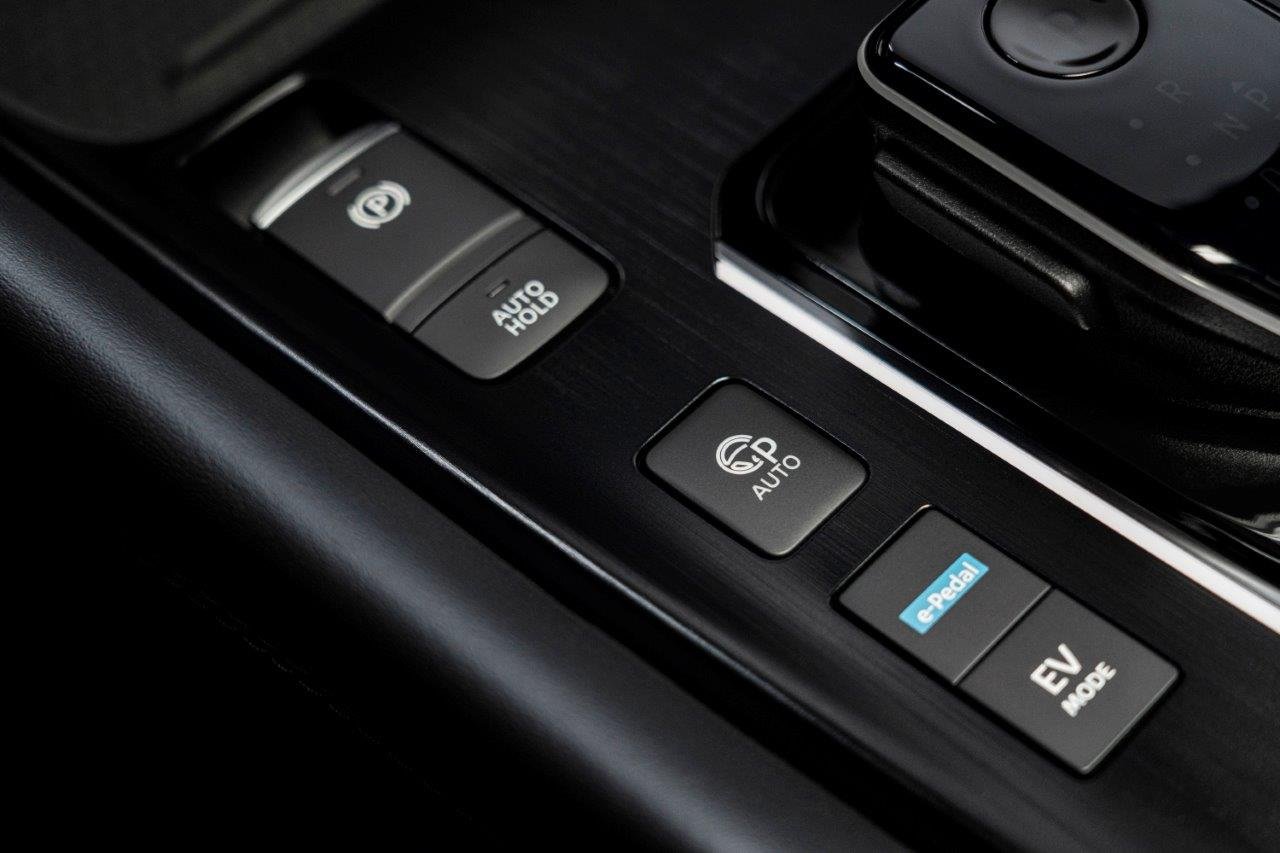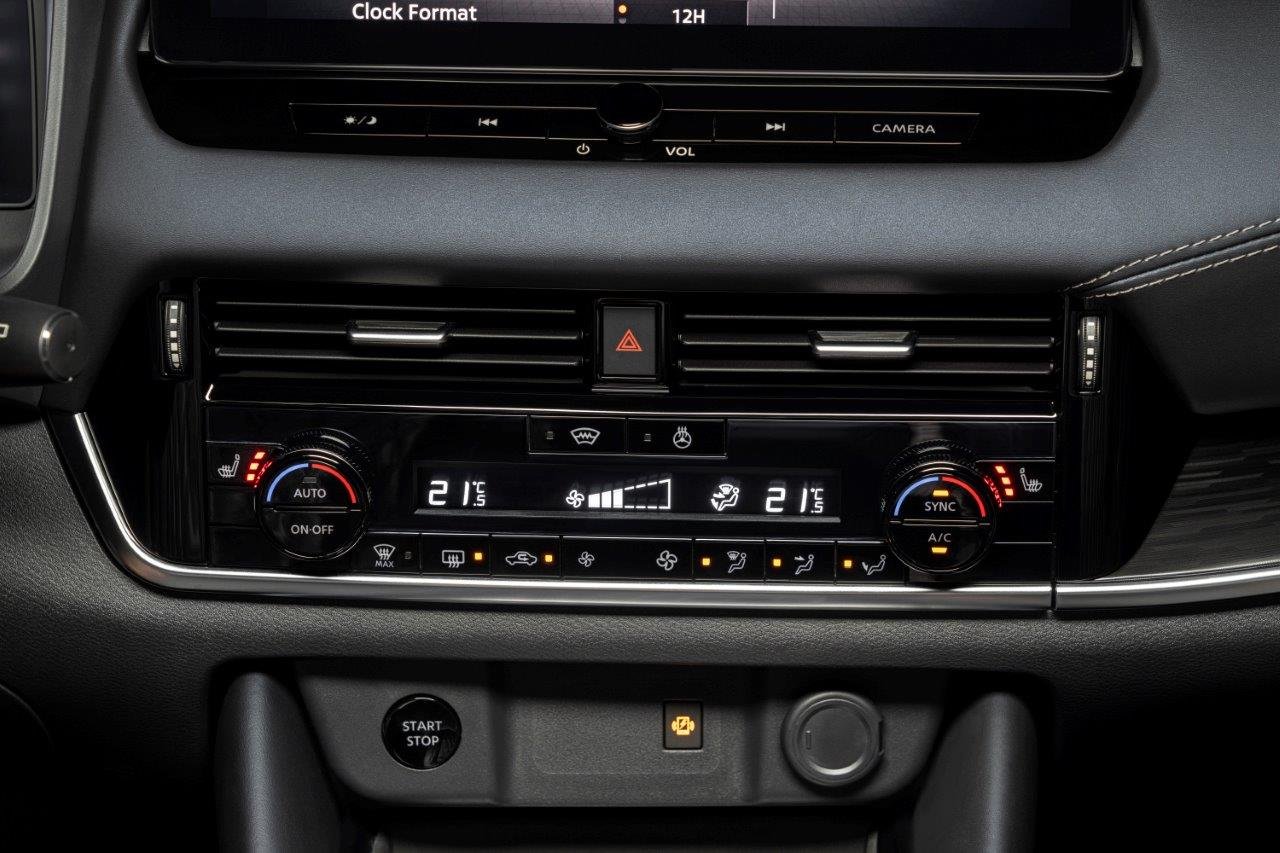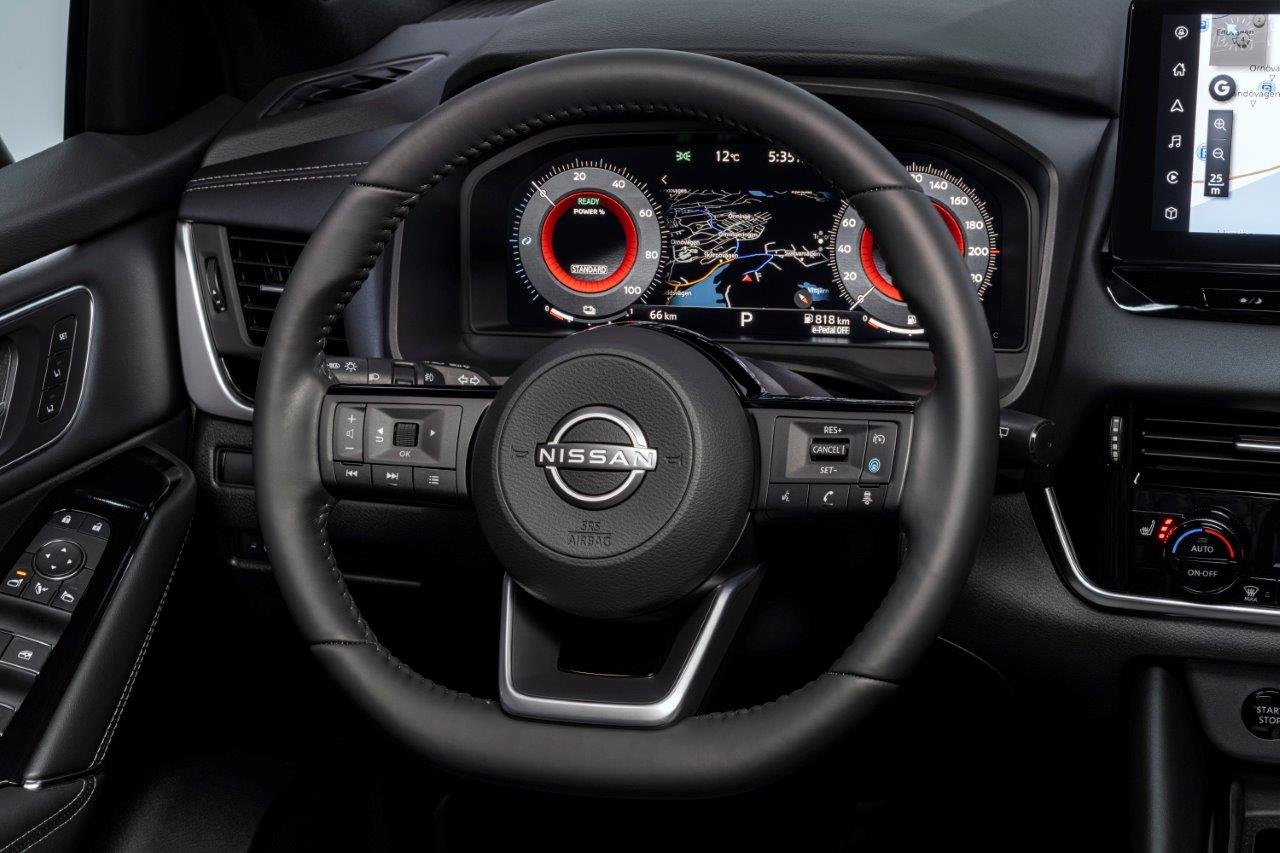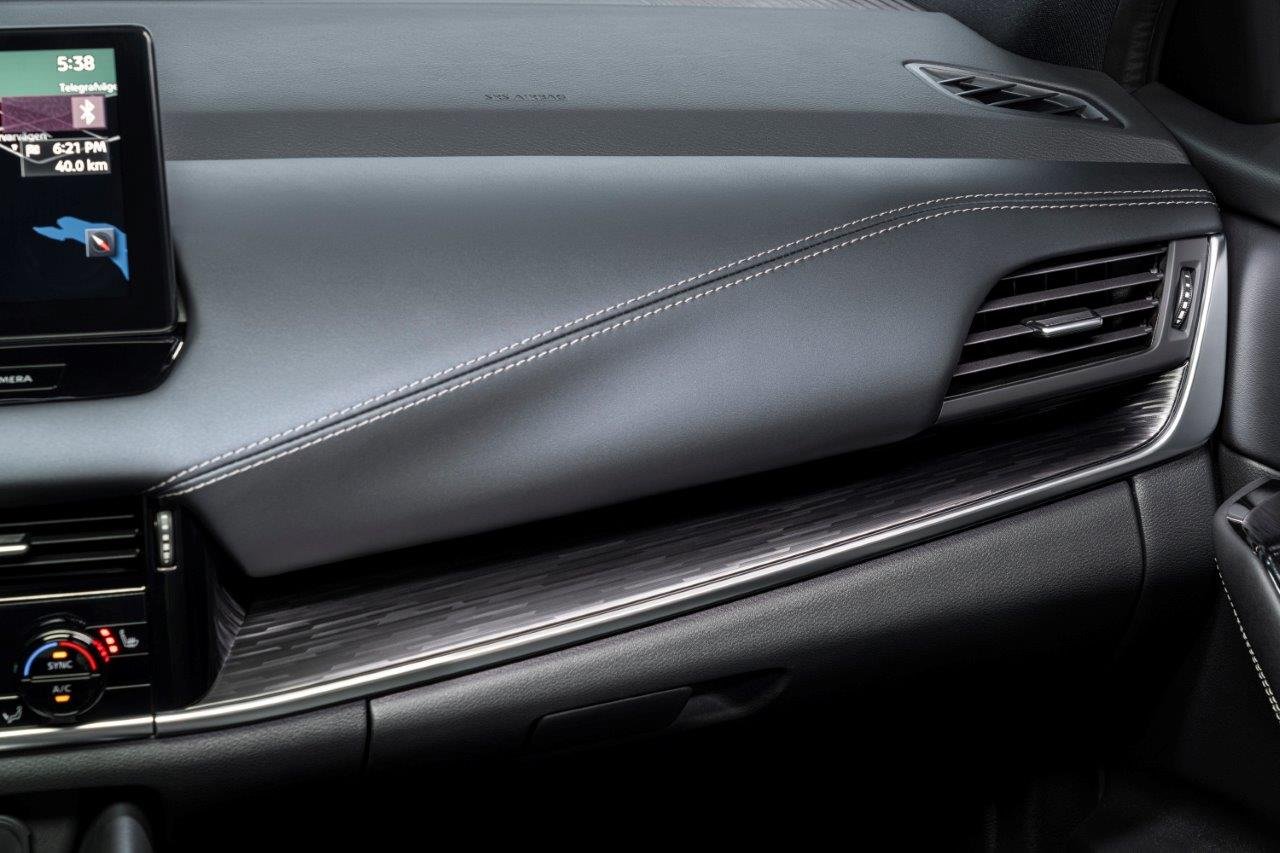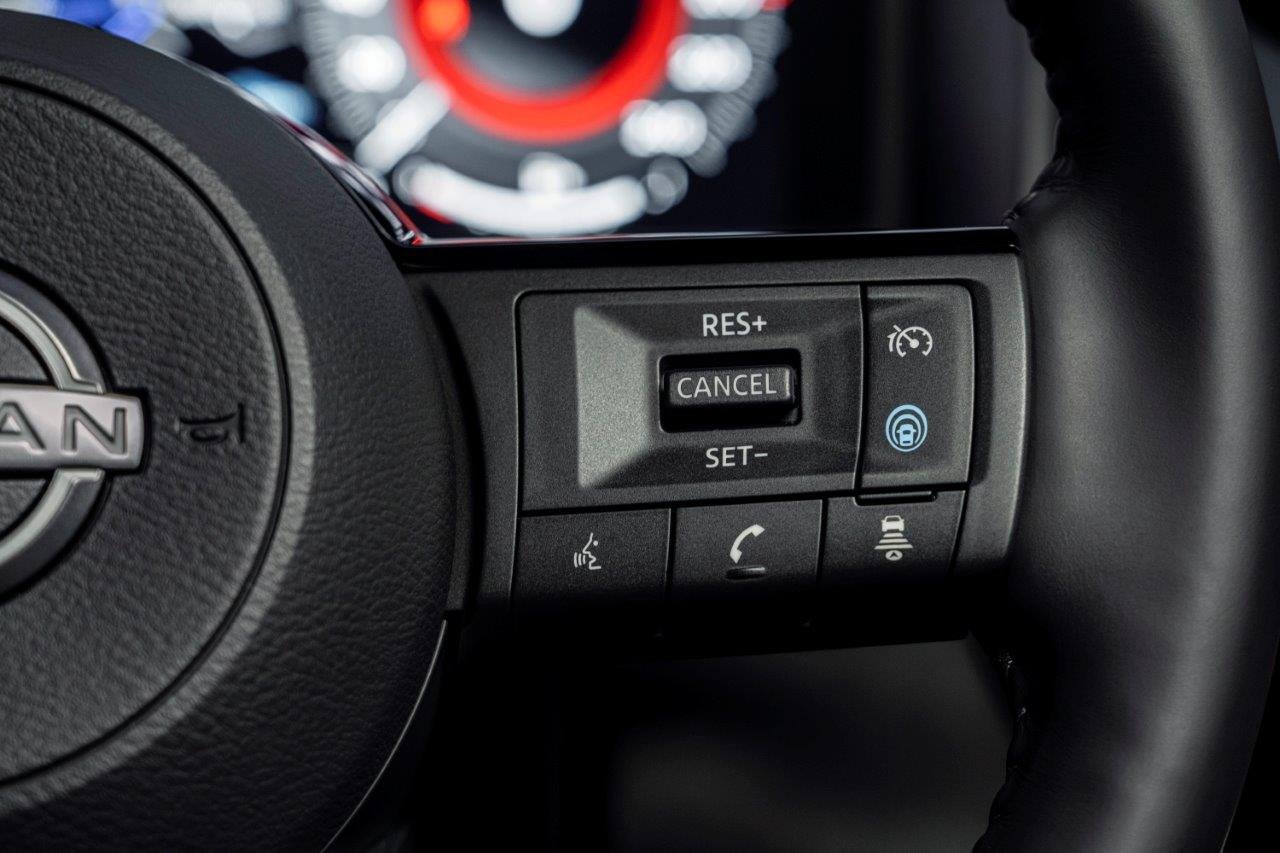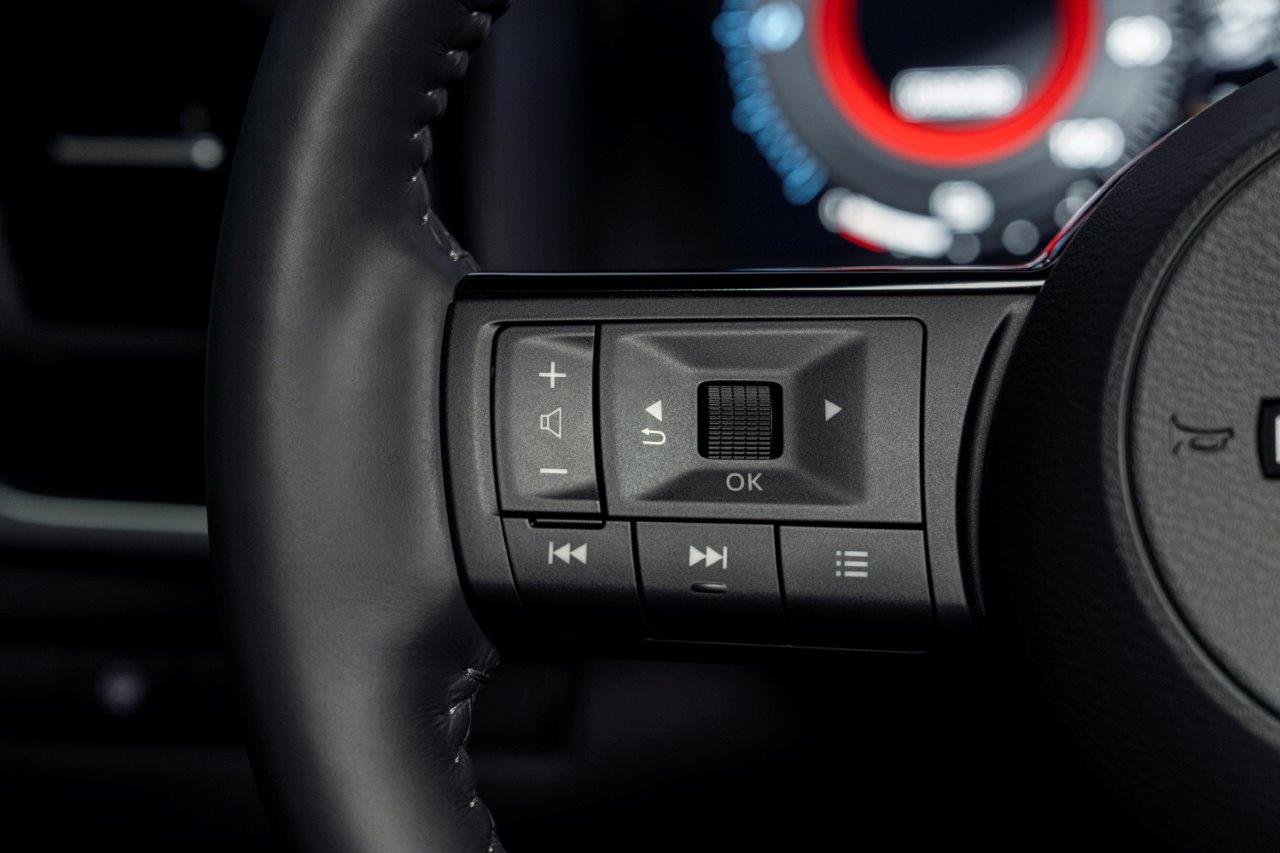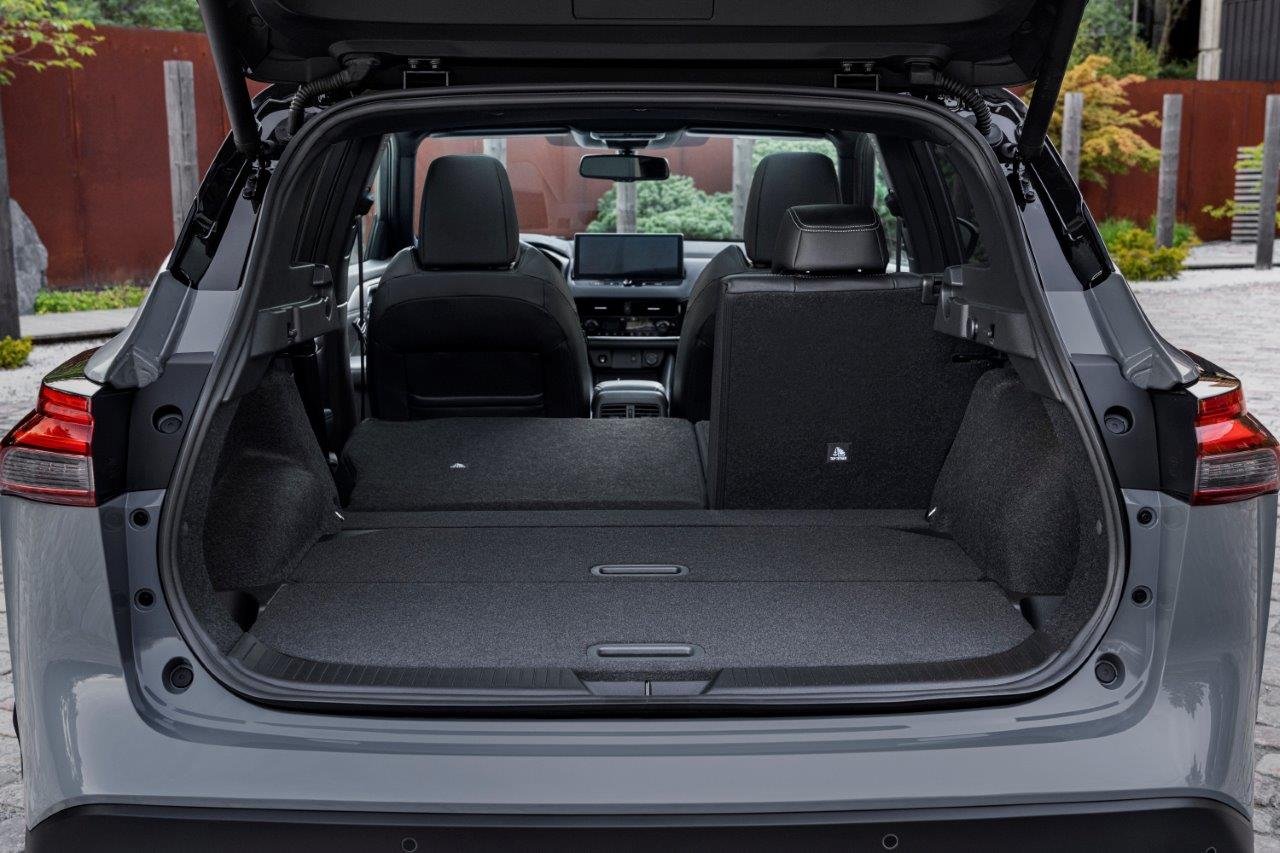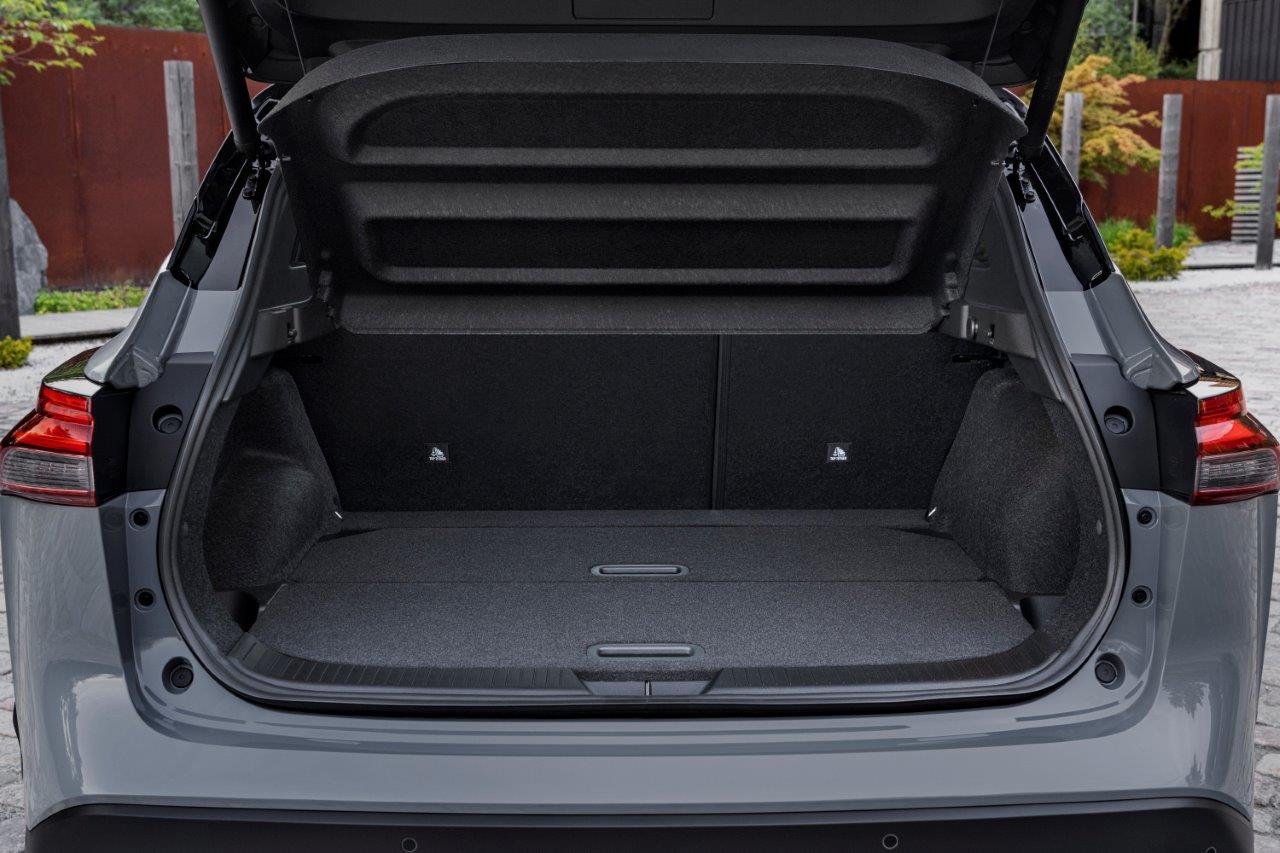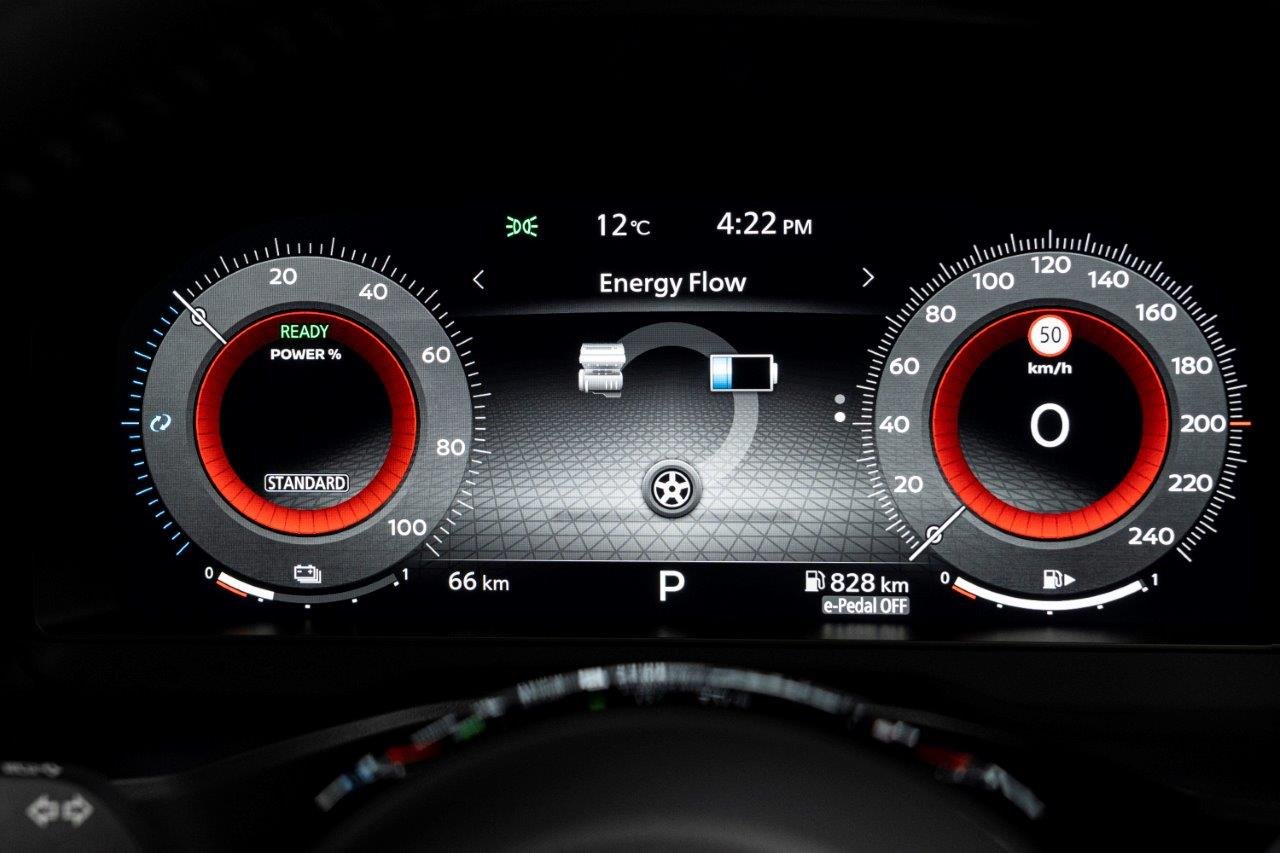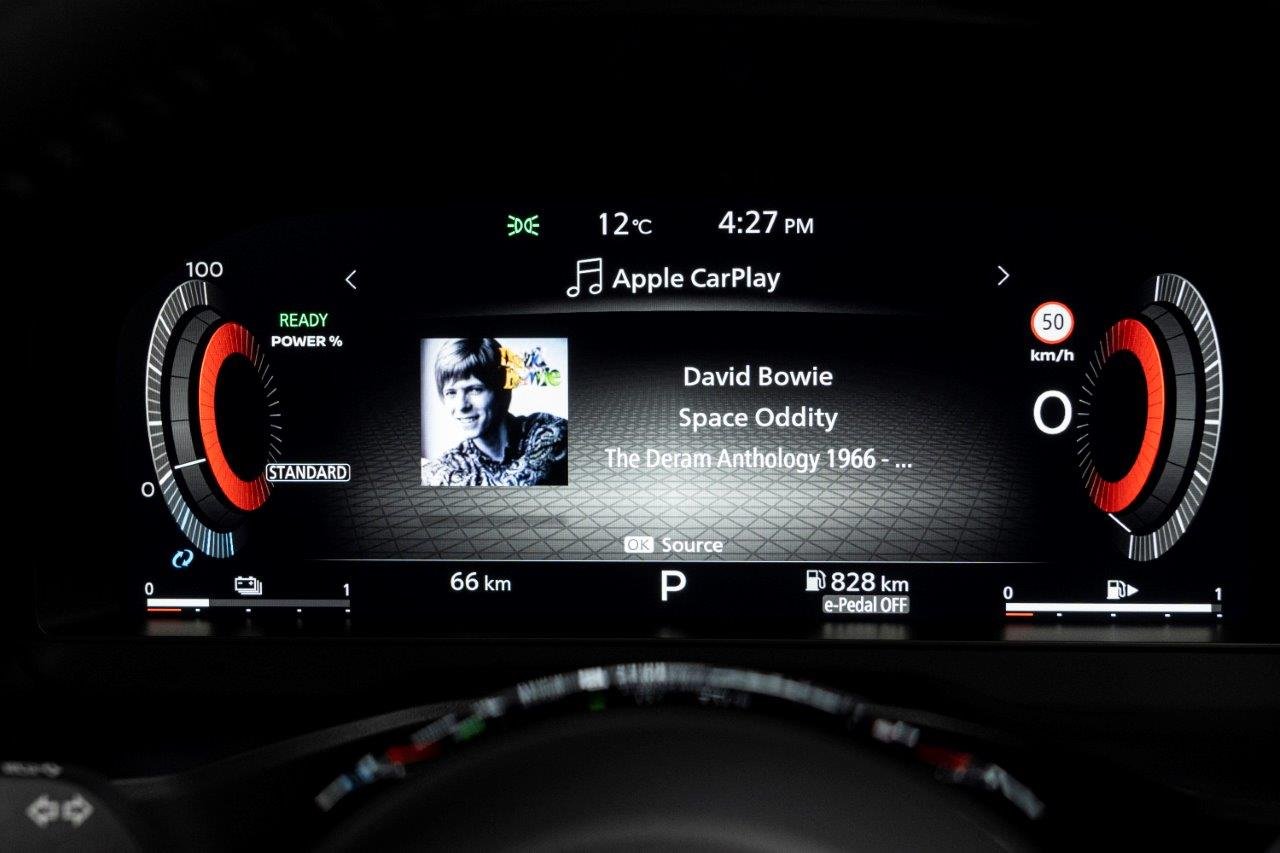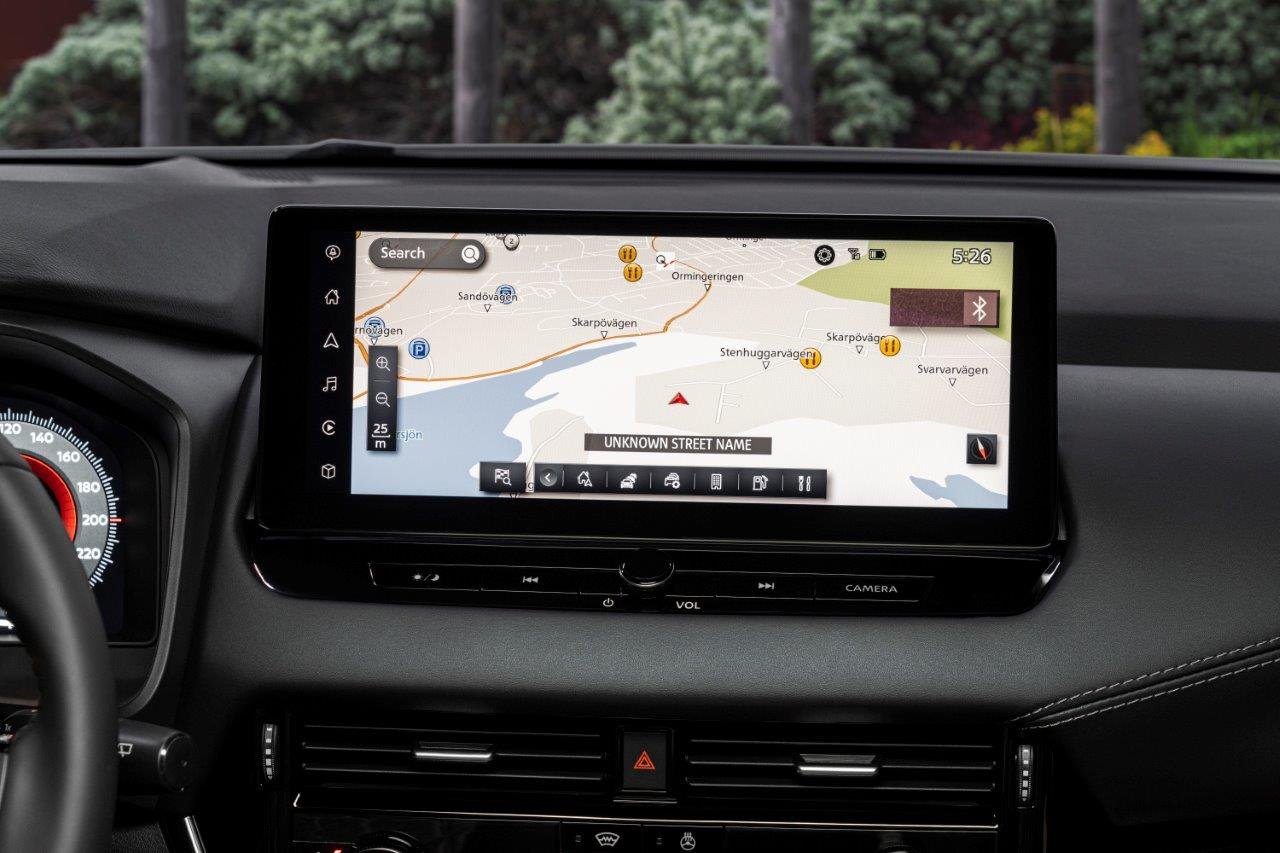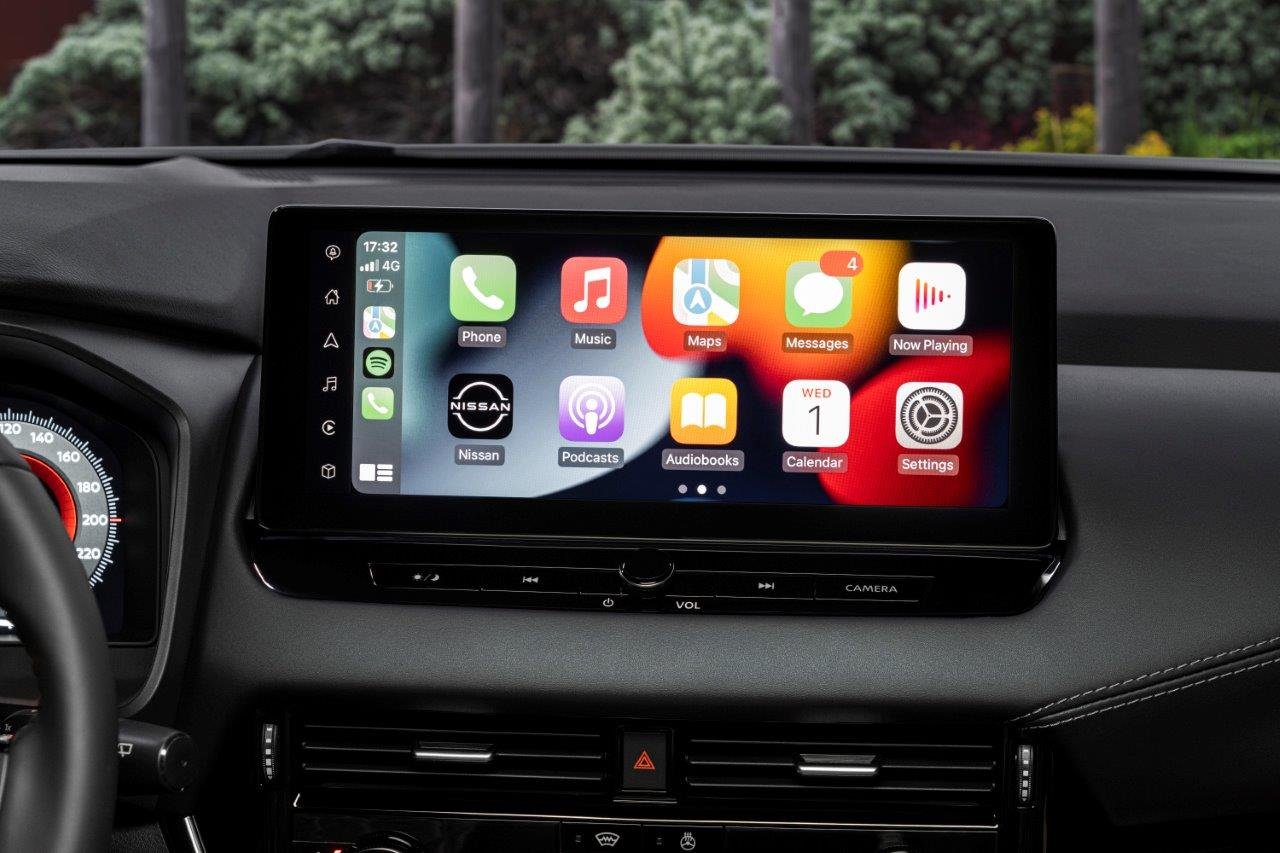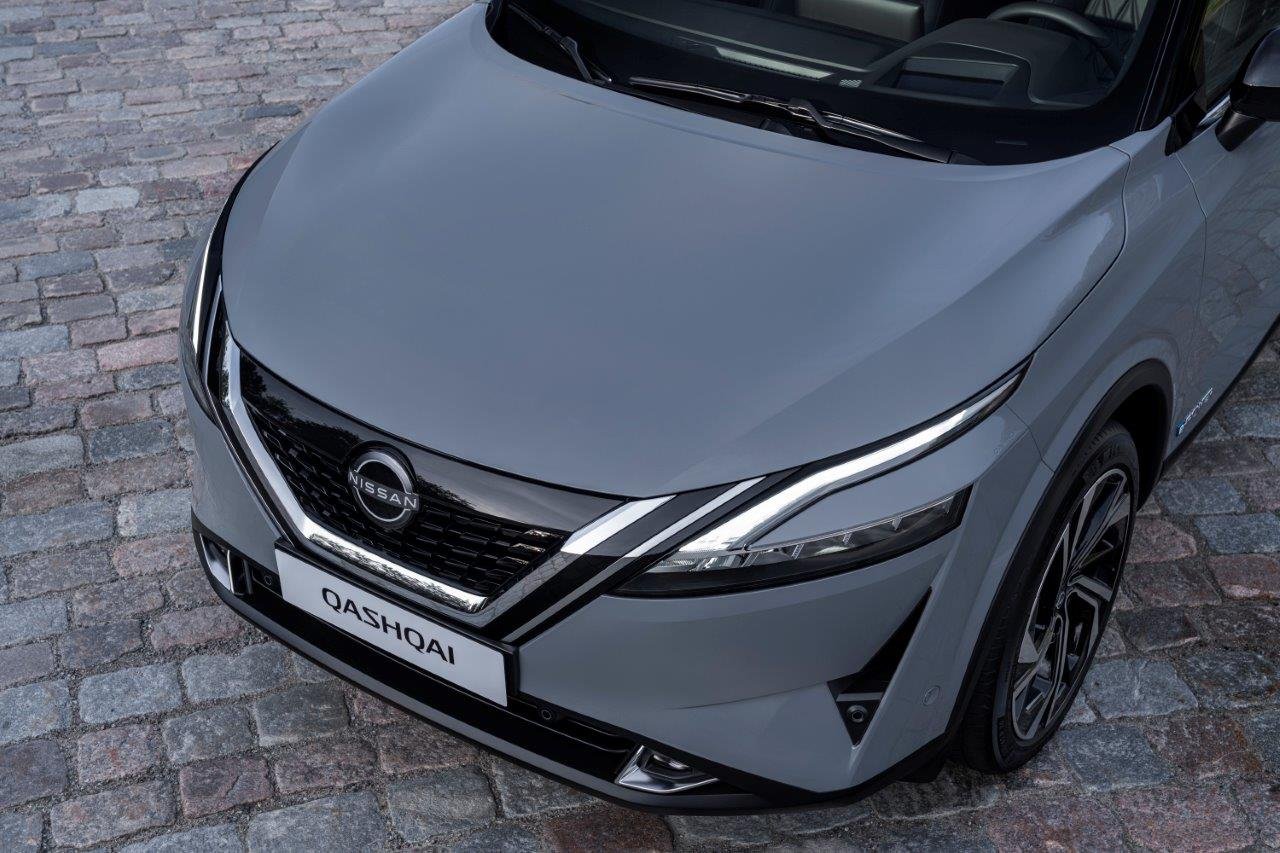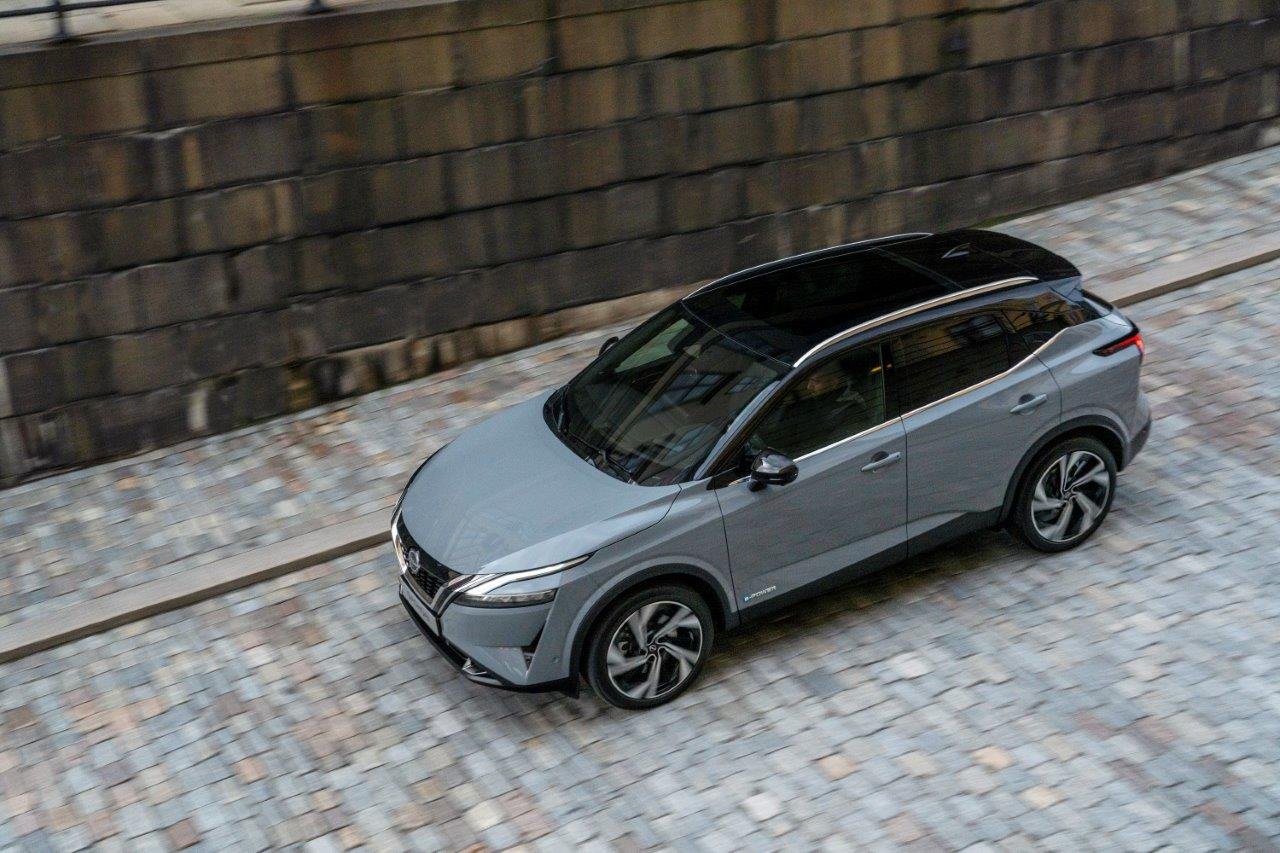Starting in September, the version that Nissan believes is the most competitive of the Qashqai will be available. It is supposed to be the most technologically sophisticated, it is also the one that announces greater power, greater acceleration (but not greater maximum speed), 15.9% less consumption and 25% less CO emissions.two. But there is a price to pay for this set of advantages, so you need to do the math.
Until now, this C-segment SUV was only offered with two power levels (140 hp and 240 Nm or 158 hp and 260 Nm) drawn from the 1,333 cc four-cylinder engine. This mechanics is, in both cases, associated with a micro-hybrid solution (mHEV) to reduce consumption, but not in a marked way, limiting itself to cutting less than 0.5 liters / 100km compared to the same engine without the help of mild hybrid.
Now, Nissan will finally begin to market in Europe a technology that it has been selling for a few years in Japan and in which it has high hopes. Called e-Power, it consists of designing a Qashqai as if it were an electric SUV, with a 190 hp and 330 Nm motor that moves the model, powered by a 2.1 kWh capacity battery.
But the e-Power It also has a 1.5-liter supercharged petrol engine., with three cylinders and 154 hp. This unit is designed to recharge the battery, but has a very interesting system (and unique, in series vehicles like this one) that varies the compression ratio between 8:1 and 14:1, adapting it to conditions for greater operating efficiency. The competition prefers to use combustion engines without compression variation, but with systems that work according to the Miller cycle (if they are turbocharged), or the Atkinson cycle (if they are atmospheric), so we will see which is the most favorable solution.
Hybrid that looks electric with range extender
Technically, Nissan’s e-Power is a very curious solution, although similar in principle to the solution used in the Mitsubishi Outlander, Honda HR-V and Civic. The electric motor is the only motor (or the main one) to ensure locomotion, which makes it possible to dispense with the gearbox, operating the model like a common electric SUV. Lacking a larger rechargeable battery, the Qashqai e-Power uses a combustion engine that works like a range extenderdriving an electric motor that acts as a generator to produce electricity.
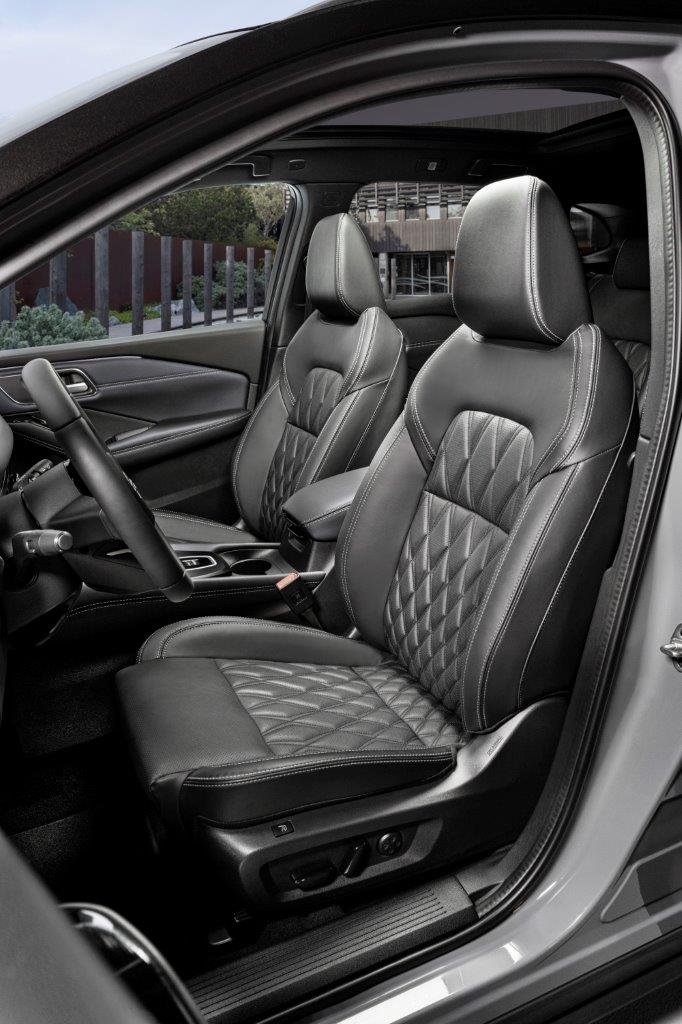
In terms of space, materials and build quality, the Qashqai e-Power pleases and is in line with the other versions of the SUV.
In theory and comparing the 190 hp Qashqai e-Power with the 158 hp 1.3 mHEV version, the e-Power loses in top speed (170 vs. 199 km/h), but gains in acceleration capacity (0-100 km/h in 7.9 seconds, vs. 9.2), and then repeats the dose in consumption (5, 3 l/100 km compared to 6.3) and in CO emissionstwo/km (121 g against 143). all this for one maximum value in about 4000 eurostherefore, a “visit” to the calculator is required to determine the best option, depending on the needs and type of user.
On board, silence reigns at a leisurely pace.
We tested Nissan’s new SUV on Swedish roads, where speed limits are low and scrupulously adhered to, since fines scare the hell out of anyone. In these conditions, we traveled 124 km at an average of 53 km/h, in which we achieved a consumption of 5.4 l/100 kmvery close to the 5.3 announced by the manufacturer in the WLTP cycle.
The silence stands out, especially in the initial 2 km that, if the battery is “full” and they are done on a flat surface, to treat the accelerator gently, can be covered without having to “wake up” the combustion engine ( ICE ). Then silence continues, partly because of the active noise cancellation technologywhich helps cancel out most of the noise that could disturb the occupants, and As soon as the 1.5 gasoline engine started operating, when we were going at a leisurely pace. But as the pace increased and with it the need for more power, the ICE became more audible.
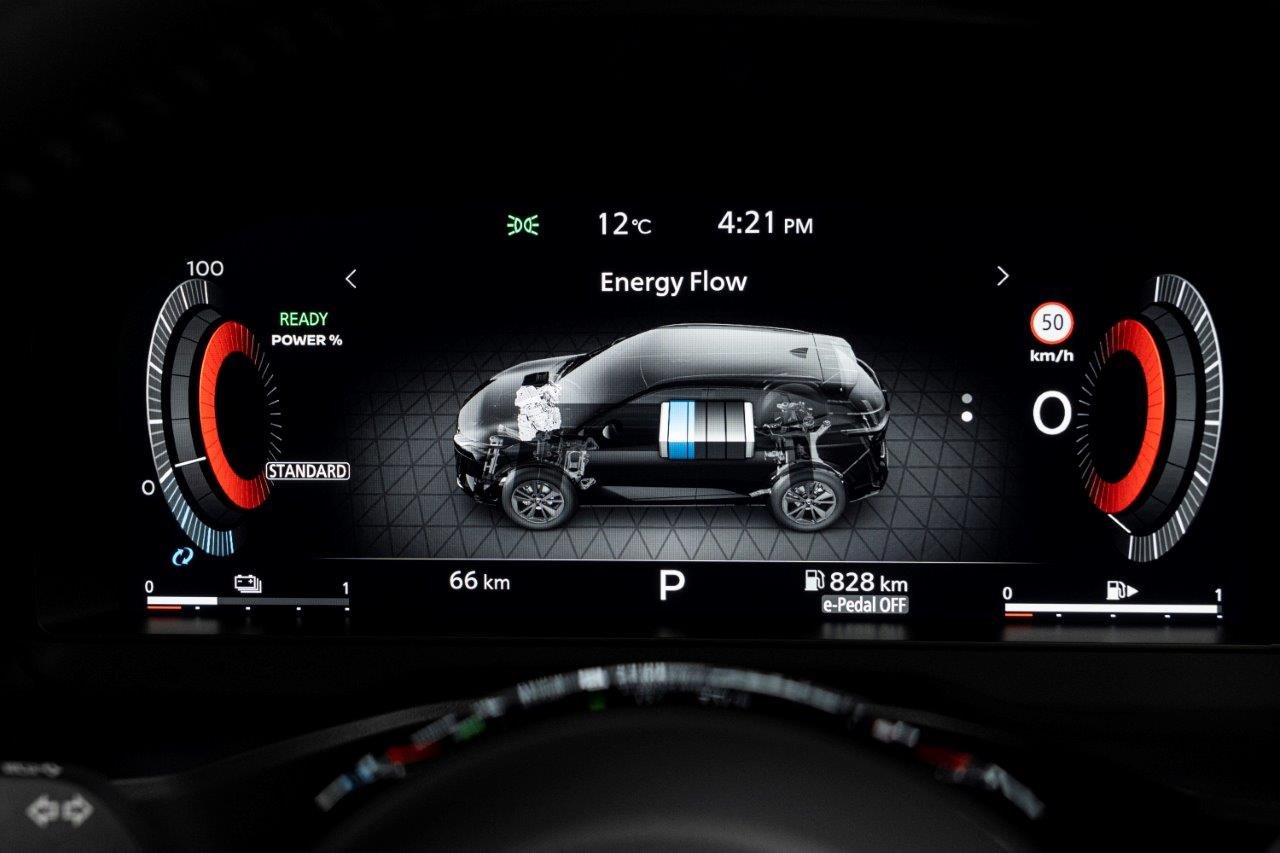
The instrument panel is customizable and informs the driver of the battery status and a series of other functions, as you can see in the gallery
In terms of comfort and behavior, we did not notice significant differences between this Qashqai e-Power and the others, always digesting the bad soil without problems and without too much agitation for the passengers. The ProPilot system is getting better and better, always keeping the vehicle in the center of the lane and at the correct distance from the car in front. Nissan wants to install this system in 2.6 million vehicles by 2026, the Japanese manufacturer having announced that it intends to equip all its models with LiDAR in 2030, a system that the vast majority believe is necessary for autonomous driving models.
Is e-Power better than other hybrids?
That is a difficult question to answer, especially after traveling just over a hundred kilometers. The Qashqai e-Power runs well, is quiet and always packs more power, courtesy of the always-on electric motor. And for drivers who appreciate the absence of noise (the speed contained), this could be the ideal hybrid. But if the driver is less sensitive to this argument, bearing in mind that not only are hybrids not noisy cars, but also that at higher speeds the Nissan makes more noise than expected, then what matters is consumption and, therefore, costs to be paid by the driver. expensive.
In our experience behind the wheel we reached an average of 5.4 l/100 km and if this value is not easy to lower without stopping traffic, it easily rises if we step on the accelerator a little more, to raise the average of 53 km. /h at 80 or 90 km/h, which is traditionally driven in Portugal. But taking into account the values announced by the manufacturers in WLTP, Nissan does it better than its SUV rivals. The Toyota Rav4, for example, with its 2.5-litre naturally aspirated engine running according to the Atkinson cycle, provides 218 hp, announcing a maximum speed of 180 km/h and an average of 5.7 l/100 km, corresponding to 129 g of COtwo/km, despite being larger than the Qashqai.
When does it arrive in Portugal and for how much?
Pre-bookings are now open for the Nissan Qashqai e-Power, with deliveries to customers scheduled for September. The SUV will be offered in three versions, N-Connecta, Tekna and Tekna+, with the importer hoping that at first Tekna+ will be the most desired version, and then Tekna will take the lead, once sales reach cruising speed. .
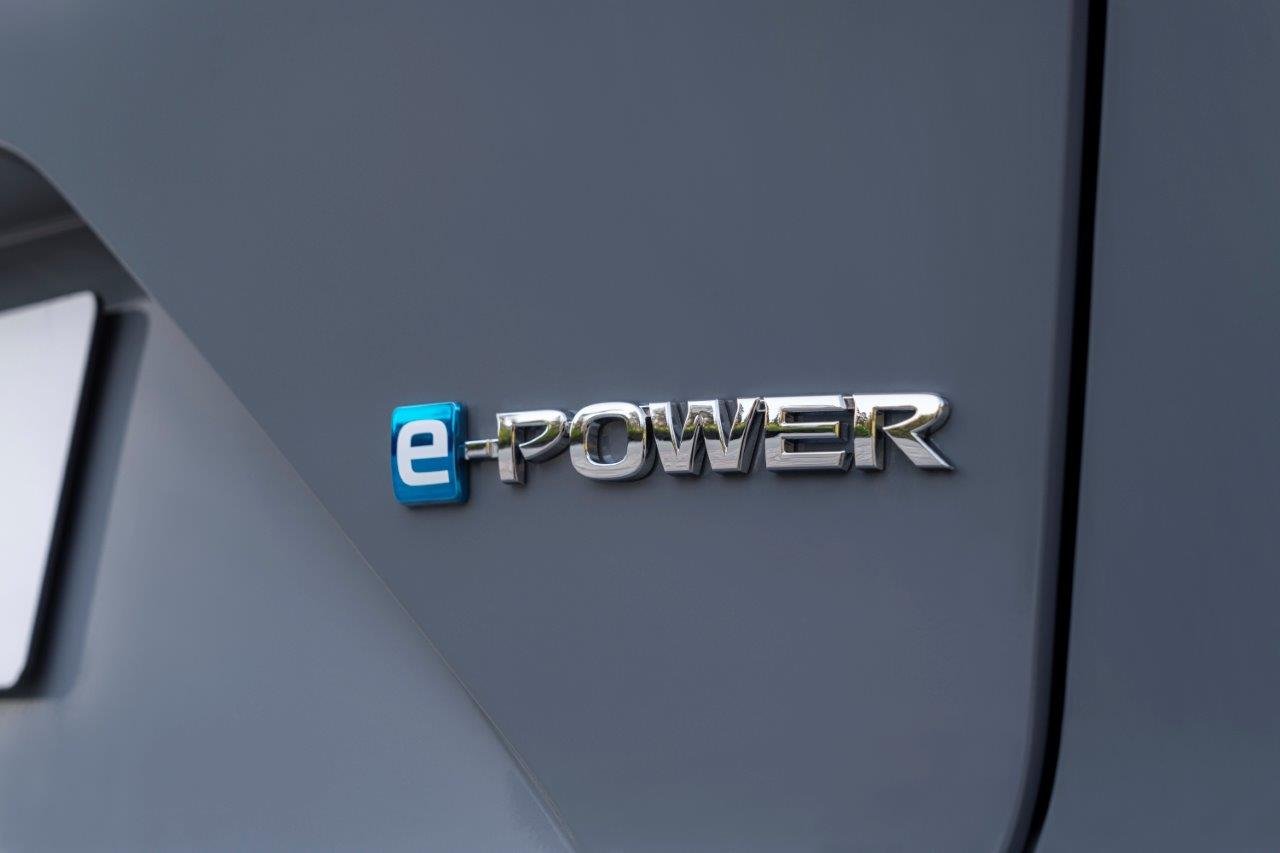
The exterior details of the e-Power, the hybrid version in which Nissan has high hopes
Advertised prices for the Qashqai e-Power start at €42,800 for the N-Connecta version, for the Tekna to be proposed for €46,600 and for the Tekna+ for €48,750. These values place Nissan’s HEV above Kia’s proposals, which markets the 230 hp Sportage HEV, with a consumption of 5.7 litres, from €37,550, the same occurring with the Hyundai Tucson HEV (230 hp and a consumption of 5.5 litres). ), proposed from €39,550, with the Toyota RAV4 HEV (218 hp and 5.7 liters) on sale from €44,025.
At the same time, all of these HEV models suffer from direct competition from plug-in hybrids (PHEVs), a substantially more popular solution due to the tax and financial benefits to which it has access. Peugeot offers the 3008 Hybrid 225 for €44,635 (€8,000 less for buyers who can recover 23% VAT), a value similar to what Volkswagen demands in exchange for the Tiguan eHybrid 245, offered for €44,549, or about €36,000. Without VAT. This is how Nissan e-Power works:
Source: Observadora
